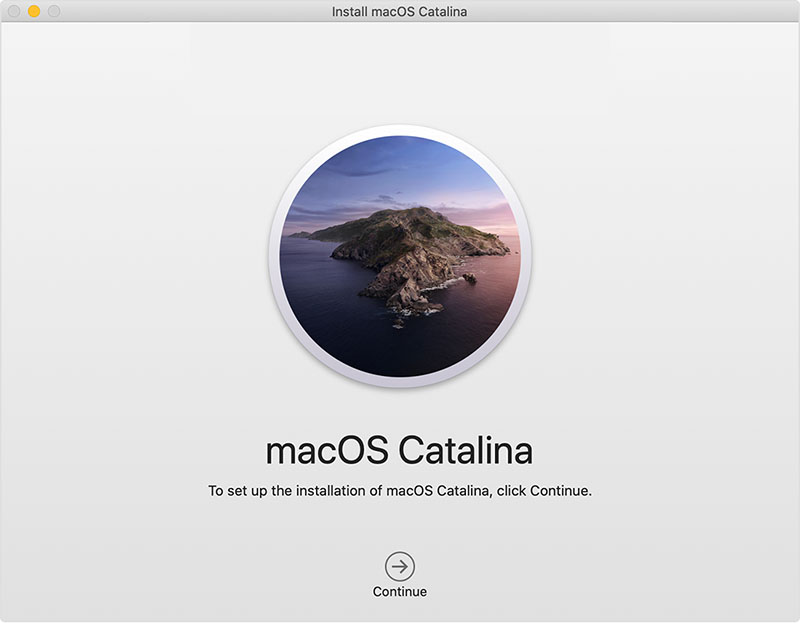

Read: If you don’t have an M1 Mac you won’t get these Ventura features.

If you have an Intel Mac it is likely that you will be missing out on some of Ventura’s best features. However, it is possible that your Mac can’t take advantage of all the new features in Ventura. If you don’t know the password for the root user, follow this Apple support page (Opens in a new window) to learn how to change this password.Ventura is a great update to the Mac operating system with some useful features and some iOS inspired changes (read: Best features of Ventura, Ventura: Update now or wait and macOS Ventura vs Monterey). Rather, it’s the password for the root user on your Mac. This is not the password for the account that you use to log in.

OS X El Capitan: sudo /Applications/Install\ OS\ X\ El\ Capitan.app/Contents/Resources/createinstallmedia -volume /Volumes/ MyVolume -applicationpath /Applications/Install\ OS\ X\ El\ Capitan.app MacOS High Sierra: sudo /Applications/Install\ macOS\ High\ Sierra.app/Contents/Resources/createinstallmedia -volume /Volumes/ MyVolume MacOS Mojave: sudo /Applications/Install\ macOS\ Mojave.app/Contents/Resources/createinstallmedia -volume /Volumes/ MyVolume MacOS Catalina: sudo /Applications/Install\ macOS\ Catalina.app/Contents/Resources/createinstallmedia -volume /Volumes/ MyVolume MacOS Big Sur: sudo /Applications/Install\ macOS\ Big\ Sur.app/Contents/Resources/createinstallmedia -volume /Volumes/ MyVolume

Replace the string My Volume with the volume name of your USB drive. At the Terminal prompt, type one of the following commands, depending on your version of macOS. Return to the Utilities folder on your Mac and open the Terminal app. Make sure the USB drive is still connected to your Mac.


 0 kommentar(er)
0 kommentar(er)
